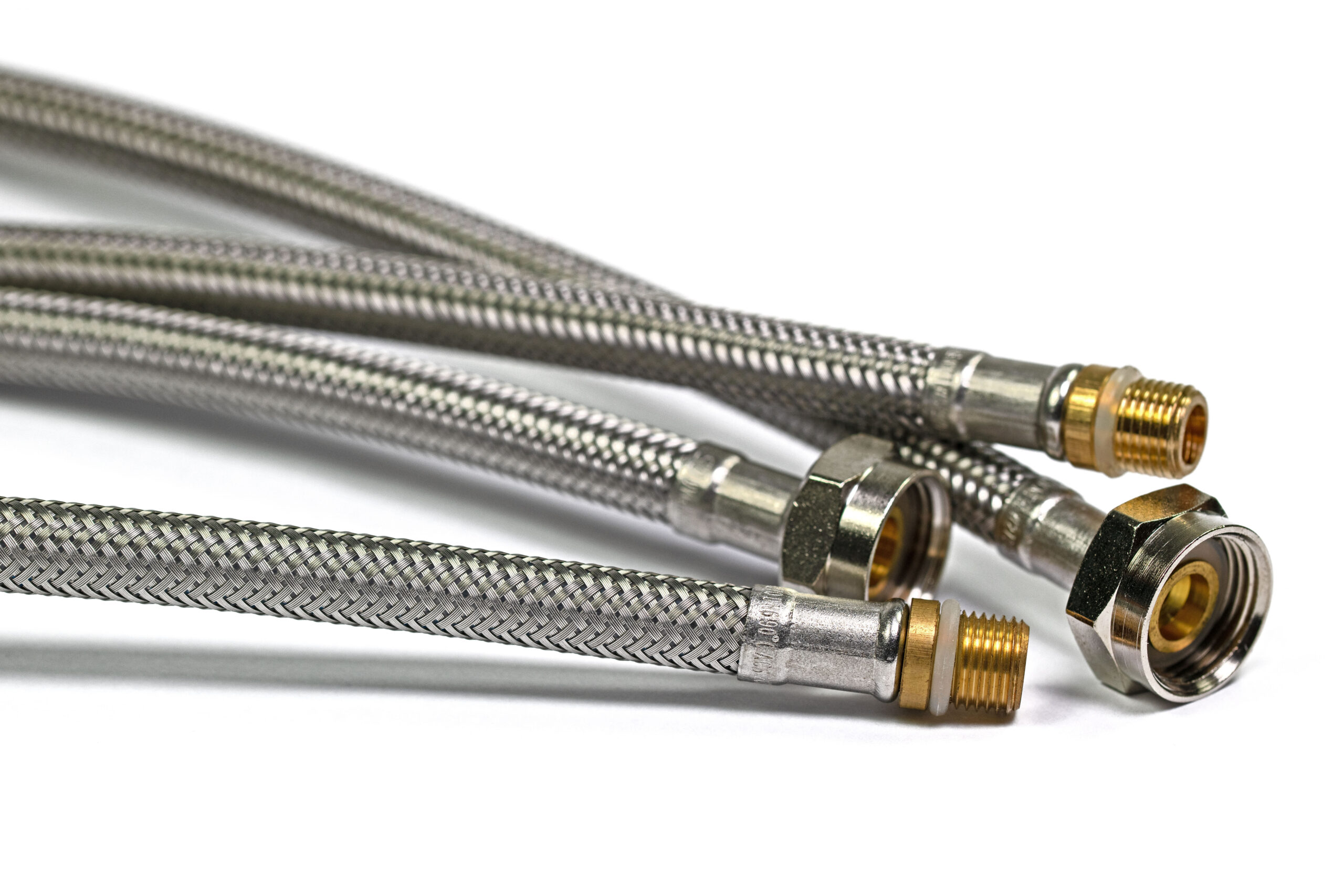Cryogenic hoses mostly handle liquid helium and liquid nitrogen. These liquids normally are around -452 degrees F and can be extremely dangerous if your hose leaks. Hose leaks most often occur if there are lateral offset requirements or movement that is not considered or overlooked. Universal supplies the most flexible, reliable and durable hoses for this type of extreme application and is the preferred hose of the cryogenic industry.
A cryogenic hose is a specialty hose designed specifically for use in cryogenic industries, chemical transfer, and other extreme fluid conditions. There is a wide range of applications for this type of hose.
A cryogenic hose can be used by industry, facilities, and in some cases, in the home setting. Learn more about these types of hoses and their applications.
The Name Says It All
Cryogenics hoses are designed to work in incredibly cold environments. They have a long service life, high thermal resistant properties, and high chemical resistance, reducing overall maintenance costs.
What Activities Use These Types of Hoses?
There is a range of industries that depend on cryo-hoses to manage day-to-day activities. Laboratories, medical facilities, any industry that works with cryo-gases or petrochemicals will likely have applications for these hoses.
Most Common Uses
Cryogenic hoses are often used to transfer gases like medical-grade oxygen. For example, a cryogenic hose would be used to transfer oxygen from the main tank (VGL) to a smaller tank for use at home.
These hoses are used to transfer nitrogen. Liquid nitrogen typically registers at temperatures of -321F. These hoses are used in applications requiring the transfer of liquid helium and liquid argon.
Safe Transfer
Cryogenic hoses are essential in the safe transfer of any cryo-gases. They are designed to withstand the rigors of continuous exposure to cryo-gases. Cryogenic hoses come in a range of lengths and sizes. They also offer different-sized fitting ends.
Types of Cryogenic Hoses
There are two types of these hoses; stainless steel and composite. The hose itself is vacuum insulated or foam insulated. The length of the hose can vary depending on the application. The fittings can also vary based on the application.
Both composite and stainless hoses are designed for function and protection. Hoses can be wire reinforced or braided to improve durability and safety. Choosing the right cryogenic hose starts with choosing the right supplier.
The right supplier of these hoses will have the knowledge and the experience to help you make an informed decision about which hose is right for your application. With decades in the industry, Universal Hose and Braid has the expertise and inventory to meet your hose needs.


